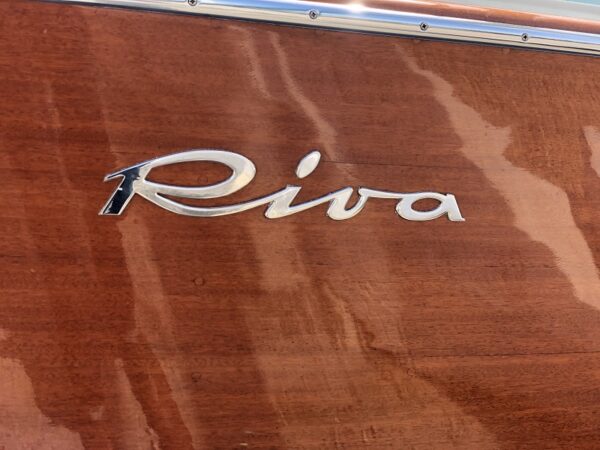
It was a Great Rail journey to Lake Garda – so motor cars were not greatly expected. But over twelve days a rich collection of vehicles appeared, from the small and old to the big and thoroughly up-to-date.
It started outrageously. This McLaren Artura was parked in front Sir George Gilbert Scott’s Victorian Gothic masterpiece the St. Pancras Hotel, opened in 1873. The McLaren had been wrapped in mirror-finish pink. Yes, well…
The journey by Eurostar and coach to Gare de Lyon in Paris was uneventful (no cars), but a restorative coffee and petit fours were called for. What better place to go than Le Train Bleu. Here it was that the ‘final passing-out test’ for assassin Nikita was filmed by Luc Besson. But on this occasion, nobody was killed and the bill was not excessive.
A stop on the way was made at Milan Central station. It has nothing to do with motoring, but if you are ever in Milan you HAVE to see it. This 1931 Fascist extravaganza is the largest station by volume in Europe. Putting aside political history, it is breathtaking.
The first proper car was in the final holiday destination of Sirmione, a resort on a peninsula at the south of Lake Garda. The first sign that something special was happening came when this new German-registered mid-engined C8 Corvette drove past. An isolated sighting? No… Watch this space.
Was the McLaren in bad taste? Maybe, but if you want real bad taste, try this:
This Rolls-Royce Silver Cloud I was a promotional vehicle for a real-estate company; it was also wrapped in a mirror-finish foil, this time in gold. The description tacky does not just apply to any possible physical attributes of the foil…
This unobtrusively parked Mercedes G-Wagen was the next good vehicle to be seen. These 4-wheel-drive machines have been sold by Daimler-Benz since 1989 and are made in Austria by Magna Steyr (formerly Steyr-Daimler-Puch.) With their boxy styling they may not look much, but they were originally developed for military use and are one of the few passenger vehicles to have three fully locking differentials. They are serious pieces of kit.
No visit to Italy would be complete without seeing an Italian scooter. This is an Aprilia Habana, made only between 2000 and 2002. The parent company Piaggio make the famous Vespa.
There are good bikes, there are rare good bikes – and then there are MV Agustas. This one was spotted in Brescia. It is a Dragster 800 RR. The model has been built since 2018 but this one looked new. It is marketed as a luxurious and exotic naked motorbike. Very much a bike per i cognoscenti.
Again in Brescia, here is another famous Italian car. It is a Fiat 500 Giardiniera estate car. The suicide doors date it between 1960 and 1969.
Back in Sirmione there was something else special and American: a German-registered Roush Mustang. The body detailing dates it to 2013 or 2014. Jack Roush pitched his first modified Mustang to Ford in 1988, a 400bhp twin-turbocharged beast. In 1995 he created ROUSH Performance Products in Livonia, Michigan. The company initially offered aftermarket performance parts and crate engines, while the first custom Mustangs were outsourced. Several years later, in 1997, they began offering complete vehicle packages in-house.
Bardolino on the east side of the lake has many boatyards. This Landini Rex 100GE tractor is earning its living moving boats around the yard on trailers. Landini, an historic and renowned Italian marque, has been contributing to the development of mechanisation and continuous innovation in the field of agriculture since 1884. Giovanni Landini established a factory for the production of wine-making machines in Fabbrico, near Reggio Emilia, in 1884. He built his first fixed hot-bulb engine, a horizontal two-stroke single-cylinder, in 1910. The first Landini agricultural tractor went into mass production in 1928, again with a two-stroke hot-bulb engine. The Bufalo [sic] 35/40hp tractor, still powered by the same type of engine, was introduced in 1941. The Rex range, an example of which we see here, came out in 2010.
And to prove that it is up to the task…
Before you all call for the webmaster to be drummed out of the Brownies for featuring vehicles that are not for land transport, look at the wheels on its trailer. This is the legendary Riva Aquarama, a luxury wooden runabout built by Riva from 1962 to 1996. The boat’s speed, beauty, and craftsmanship earned it praise as the Ferrari of the boat world.
A few details…
Back at the hotel in Sirmione, yet another Corvette had turned up, this time a front-engined C7 convertible, almost certainly a 2019 model. Something was going on – a Corvette meeting?
On 20 May the ferry timetables for Lake Garda changed to the summer schedule. The lake level had been too low for the faster boats to run, but the new timetable did post a Servizio Rapido, at a supplement to the normal ticket price, to our preferred destination for the day, the historic town of Salò. Normal boat: 1 hour 17 minutes. Servizio Rapido: 48 minutes. It had been raining for the whole of the previous day, so would we get what we thought we would get? Yes. The 9:09 boat was an aliscafo or hydrofoil. The photo is poor because it was taken after the hydrofoil left for its next destination and had risen to full height.
Nine of these amazing craft were placed in service in 1980, three on each of the biggest Italian lakes, Maggiore, Como and Garda. They are still running today. Each is powered by twin MTU 12-cylinder turbo diesels, with a combined brake horsepower of 2,600. No wheels, not road-going, but a big boy’s toy nonetheless.
Salò threw up yet another Fiat 500, this time a more modern one, but still lovely.
The Salò museum is fascinating. It tells the story of the development of seismological instrumentation in this, an area very prone to earthquakes. It has a small section dedicated to the violin maker Gasparo Bertolotti ‘da Salò’ (1540-1609), claimed to be one of the very first makers of these instruments. Cremona and Brescia, the two other main centres of violin making, are not far away. Famous names such as Amati, Guarneri and of course Stradivari are associated with Cremona, but Gasparo Bertolotti ‘da Salò’ was, with the first Amati, a pioneer long before Guarneri and Stradivari.
The third main section in the museum is dedicated to the Italian military decoration for valour, the Nastro Azzurro. In the exhibition was a military motorcycle, a Bianchi MT 61. Its age is uncertain but the 61 designation might refer to its date of manufacture. It is a 318cc single-cylinder, and has a snorkel exhaust that gives it a wading depth of 0.6m.
Again back at the hotel, the next worthy car to be parked there was this Austrian-registered Mustang with some body features that first appeared in 2015. We cannot date it more accurately than that. With the Corvettes? We don’t know.
And we saw another C8 Corvette tucked away in a hotel garage. Later on someone showed us a photo, taken from the tower of Sirmione’s castle, of at least eight Corvettes snaking their way through the town. So it was an enthusiasts’ meeting.
And finally, a British car. This 1959 MGA belongs to a Belgian enthusiast. He was on his way to an MG meet in Rimini. The car is in lovely condition, and is full of accessories added over the years, including Minilites with spinners and Buick-esque portholes. Essentially a restomod, it may not be to everyone’s taste but it looked stunning.







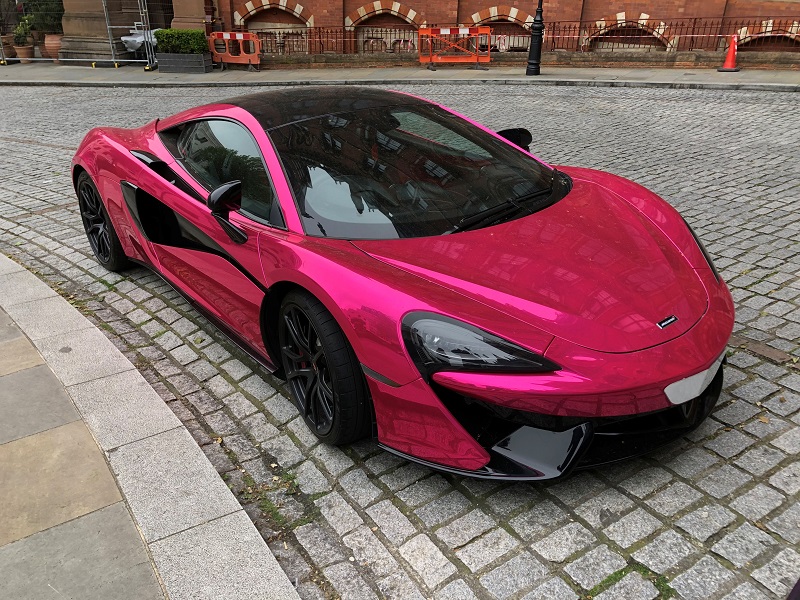
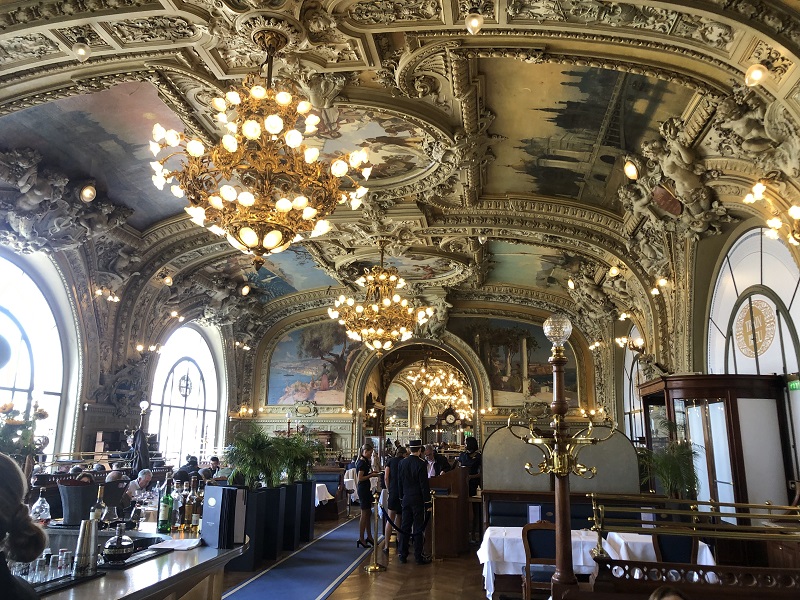

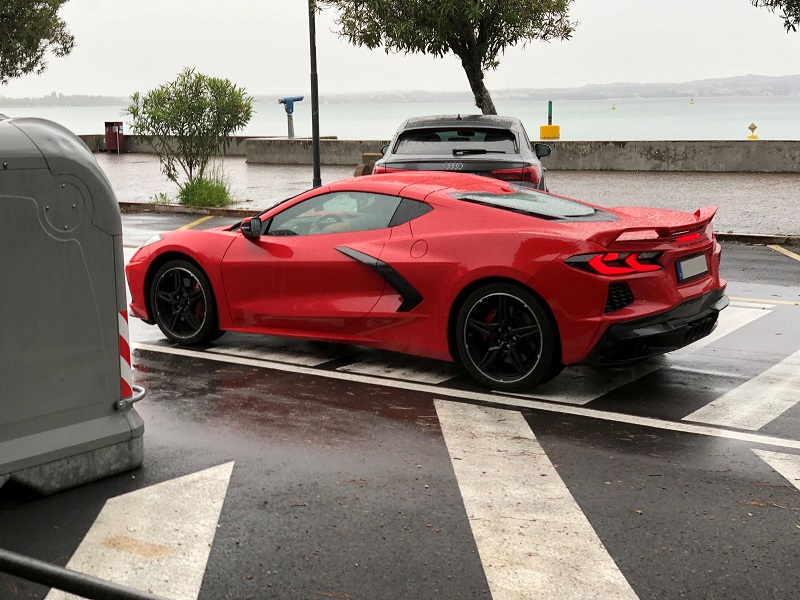

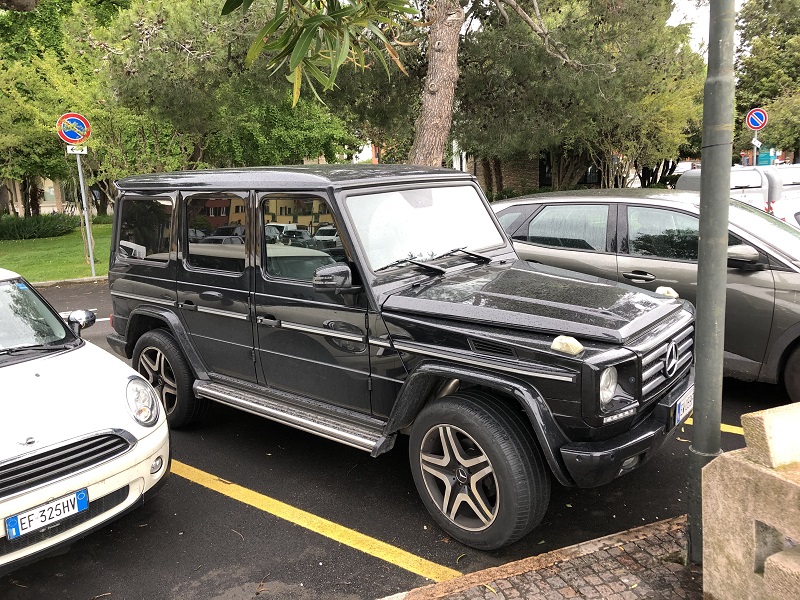
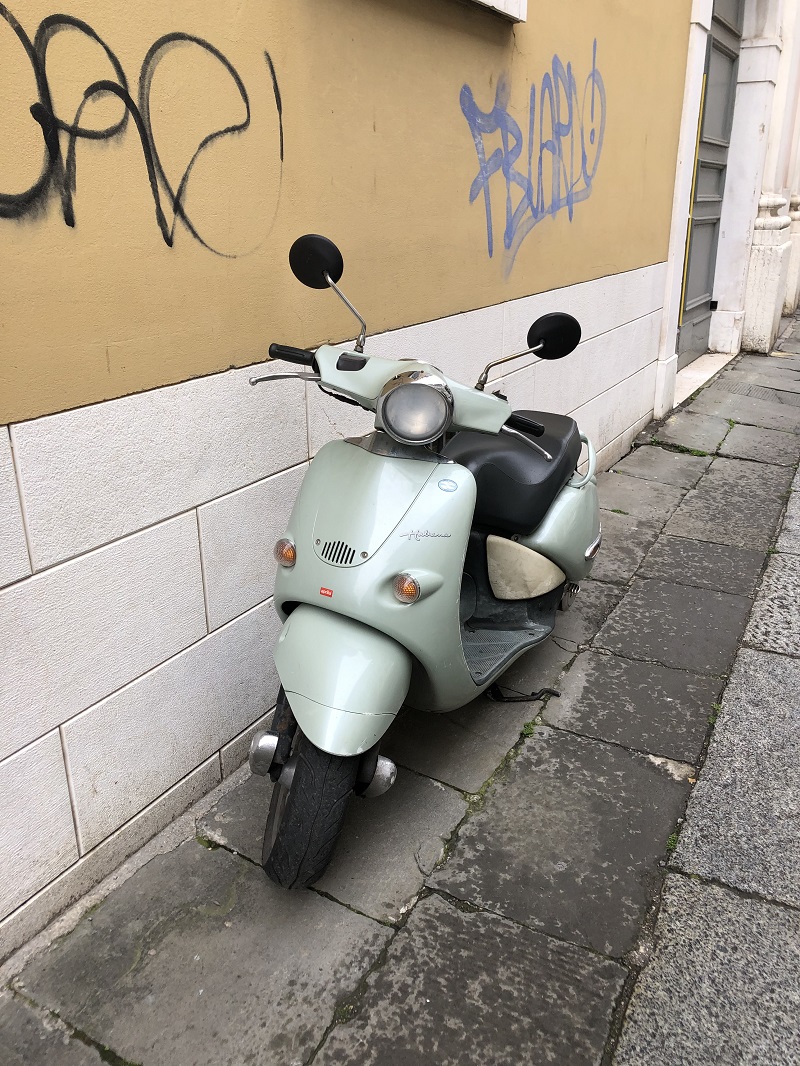

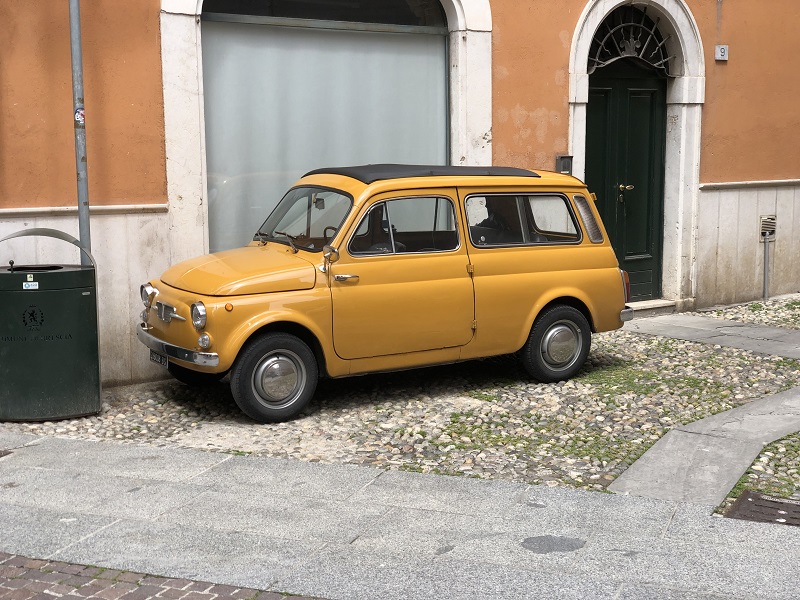
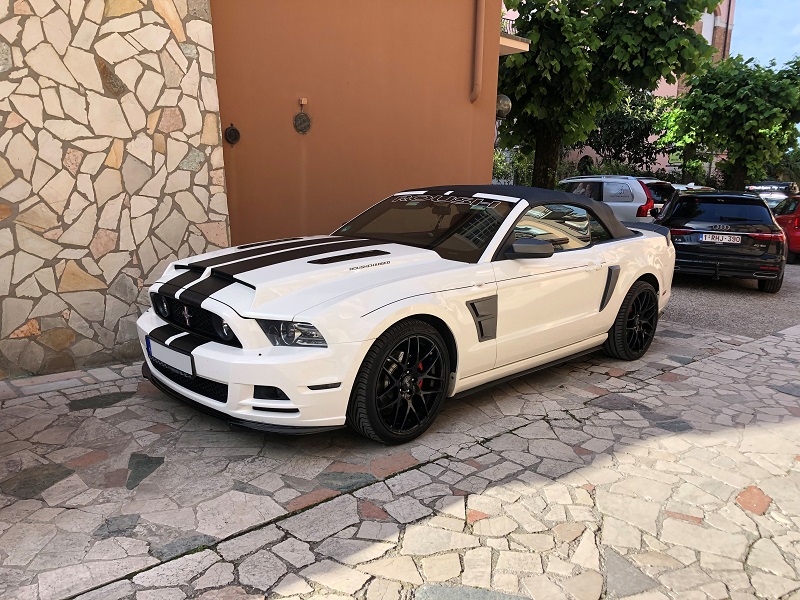
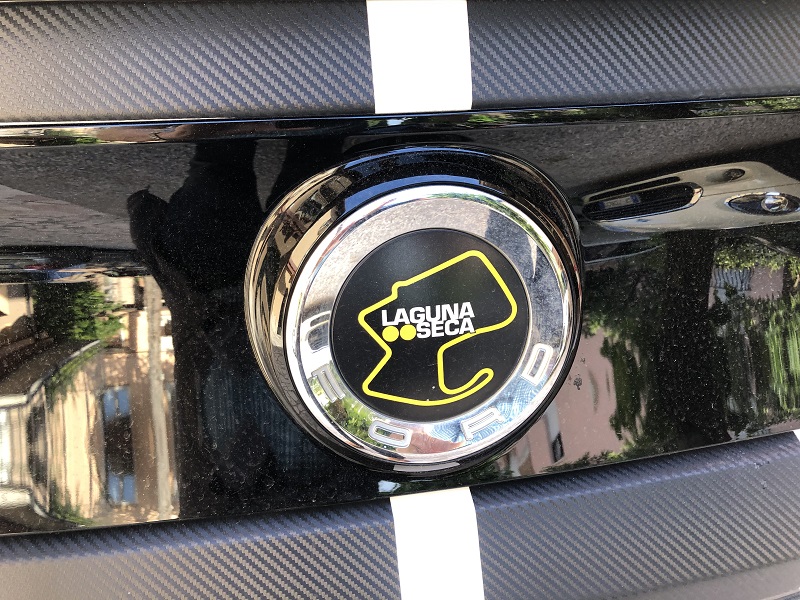

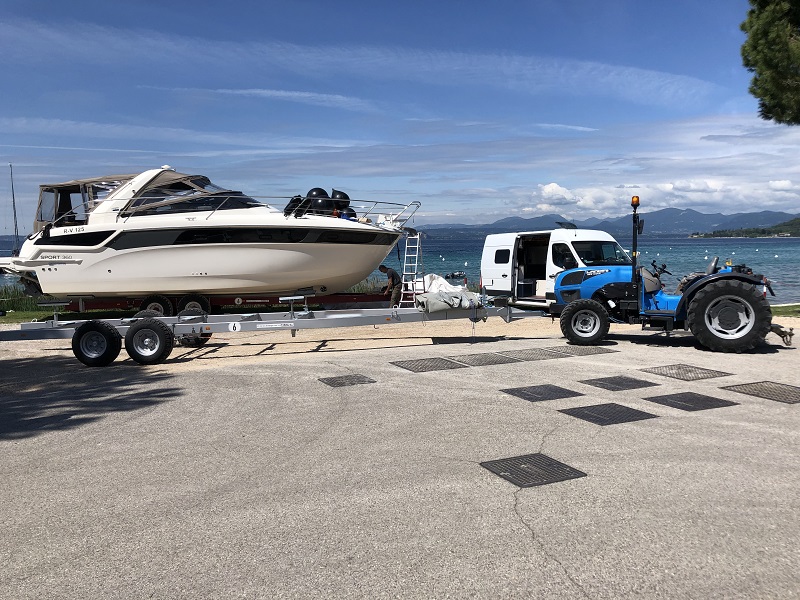
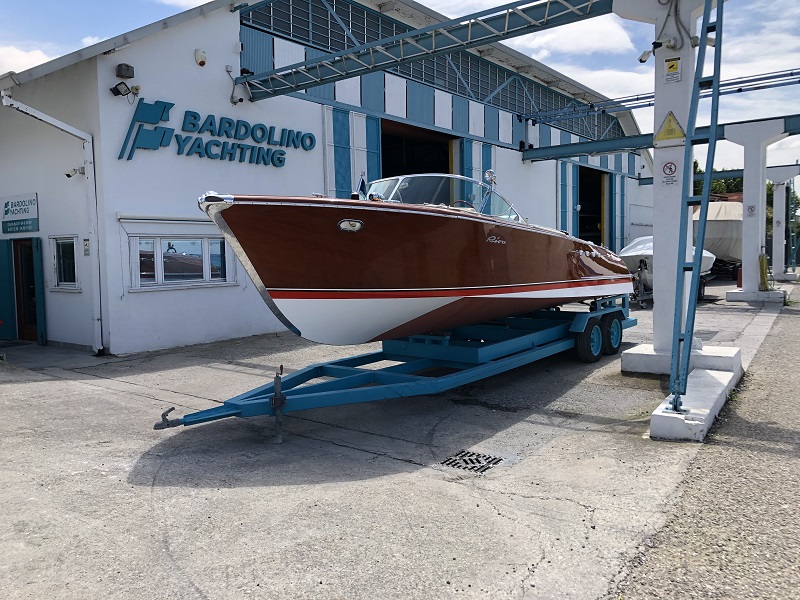
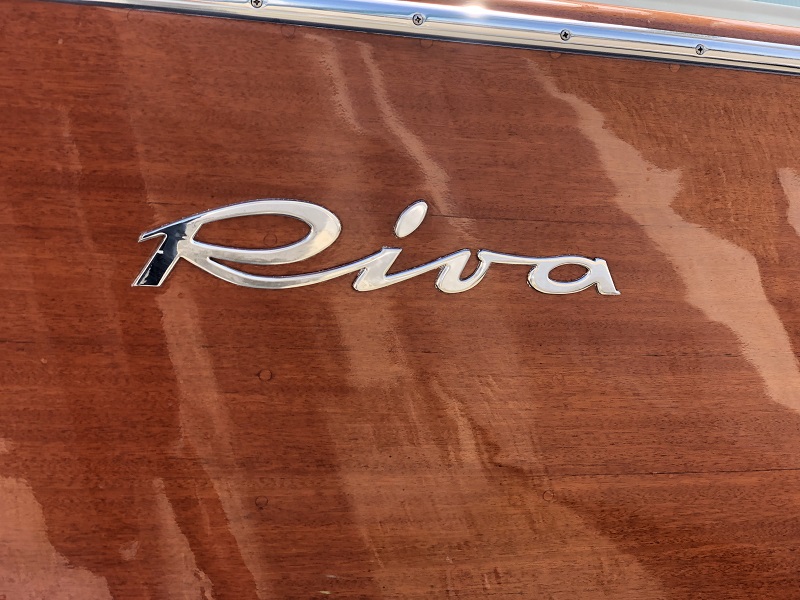
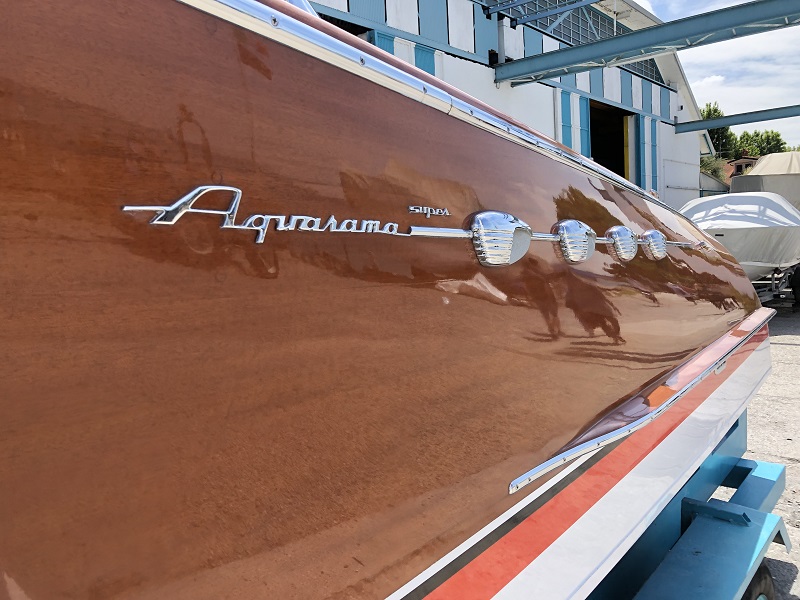

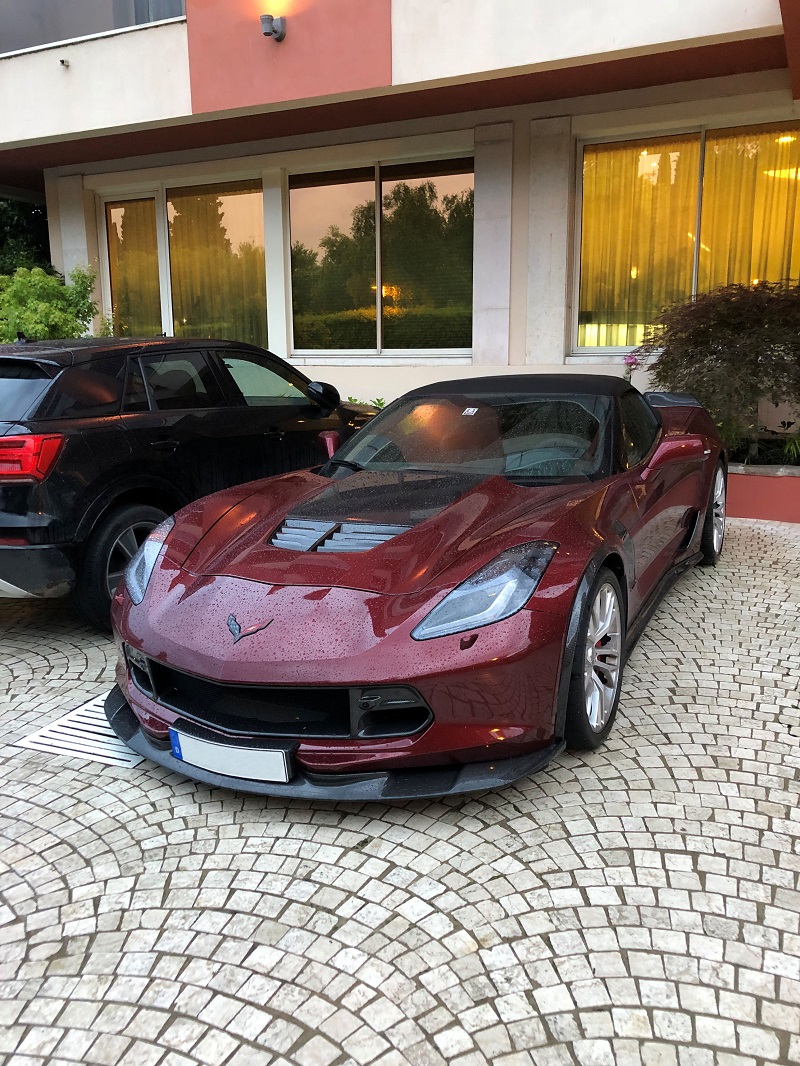
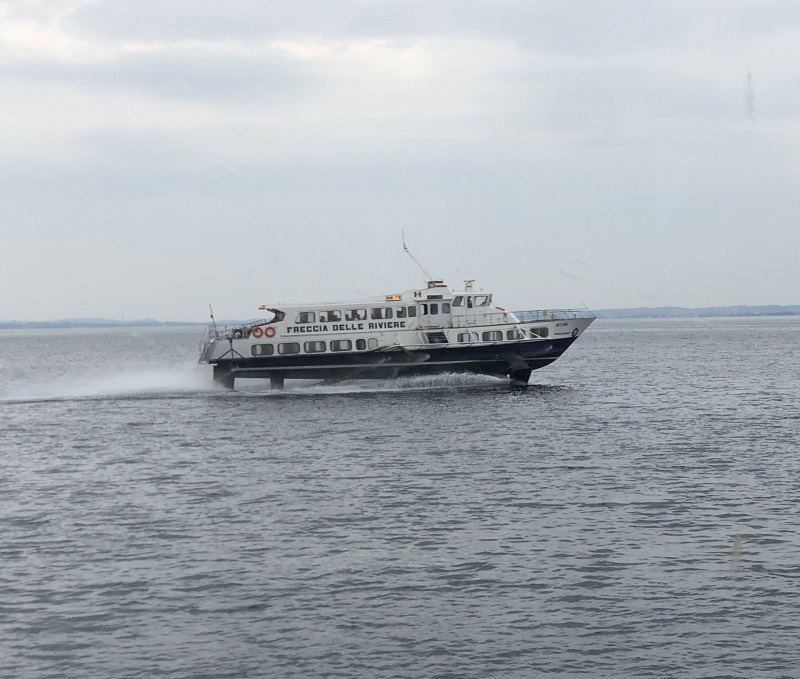
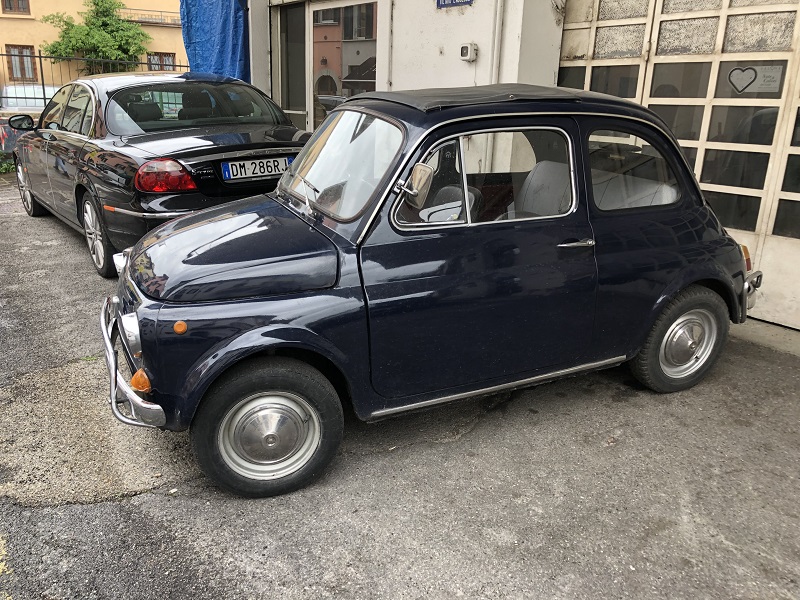
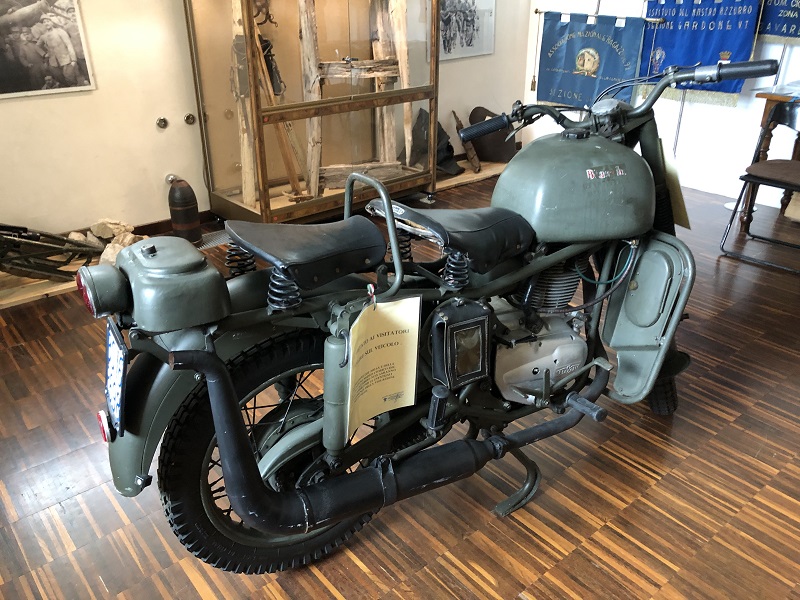
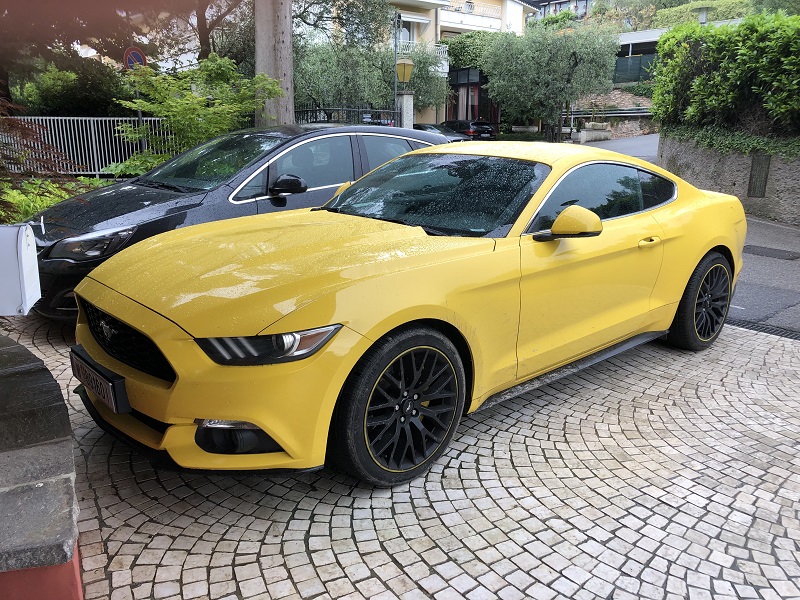
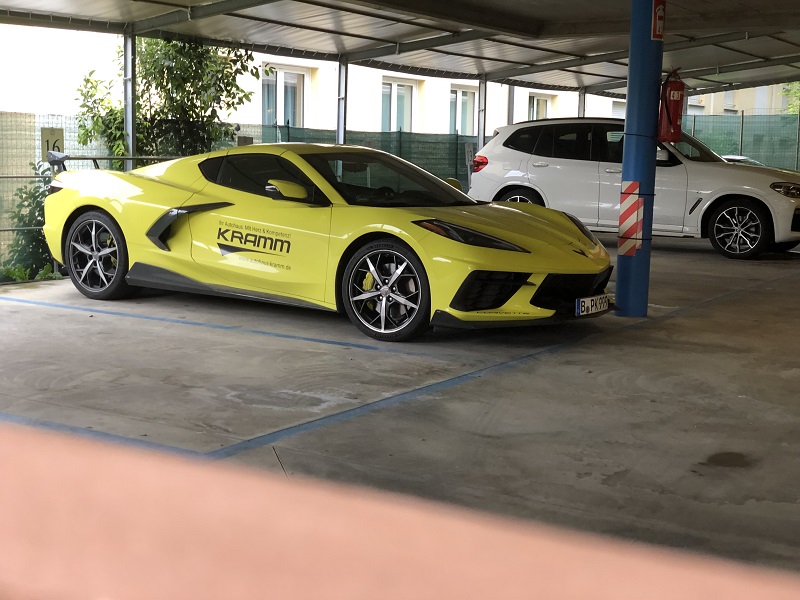
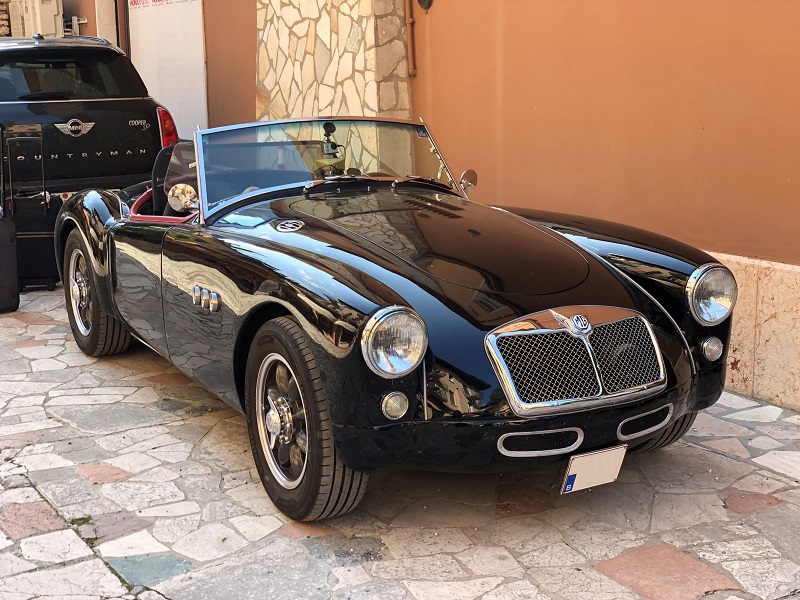

Leave a Comment